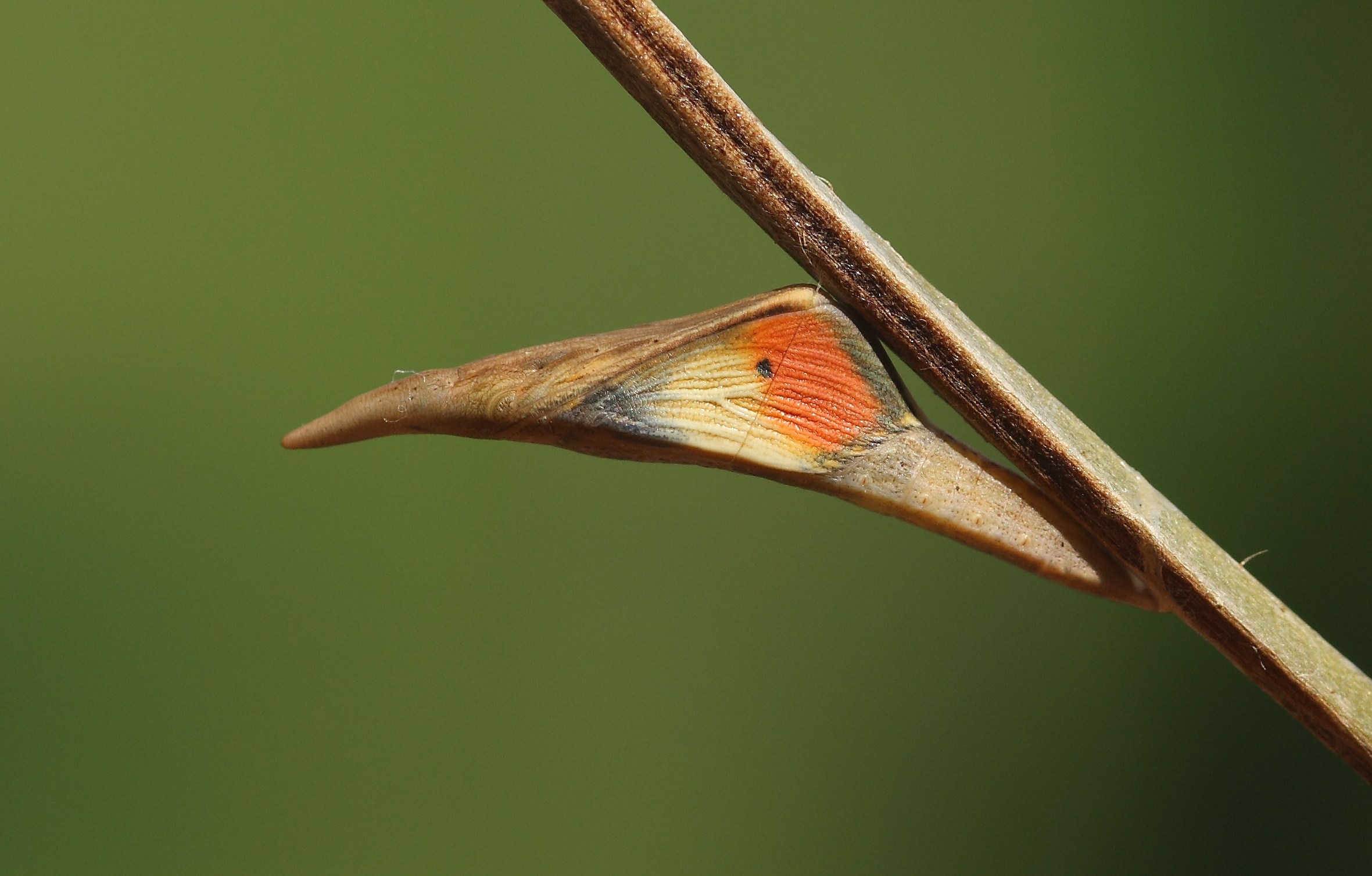At this time of year, many of our insects have disappeared from view. Look amongst your leaf litter, peek under peeling bark, or peer into the cracks and crevices of log piles, and you might spot a caterpillar or cocoon which has tucked itself away for the winter. Or venture into your shed and you may stumble upon a sleeping butterfly waiting patiently for the spring. So, what do our scientists get up to whilst most of the UK’s butterflies and moths are sleeping?
Treasure hunts
A vital part of Butterfly Conservation’s work is carrying out surveys to see how the UK’s moths and butterflies are faring – by understanding how their numbers are changing, and when and where they are not found, we can better develop solutions to help their survival.
Our scientists, supported by thousands of volunteers across the UK take part in surveying every year, and although most of our survey work happens in the spring and summer months when more butterflies and moths are flying, eggs have been laid and caterpillars hatched, some vital surveying happens in the winter. Our staff and volunteers brave the winter conditions to get out and search for other life-stages in butterfly and moth lifecycles, which can sometimes be easier to find than the adult stages. Such as searching for the pin-head sized eggs of hairstreak butterflies which can be found during the autumn and winter but are more obvious once the leaves have dropped from the bushes and trees on which they are laid and the hatching caterpillars will feed on in the year. Or torch-lit caterpillar searches at dusk for some moth species which feed through the winter, such as for the rare Lunar Yellow Underwing moth in East Anglia.
Detective work
With recording and monitoring being carried out across the UK and throughout the year for many of our threatened species, we collect a huge amount of data. Our scientists are busy behind the scenes collating this information and carrying out analysis to understand more about our butterflies and moths, the effectiveness of conservation efforts, and what steps we can take in future. The winter is a critical time to carry out this analysis following the influx of survey information from the summer. It’s also the time of year when we send the Big Butterfly Count data to County Recorders for checking, incorporation into local datasets and ultimately submission to the Butterflies for the New Millennium recording scheme. The Big Butterfly Count is the largest citizen science project of its kind, which takes place annually and which provides our scientists with even more important data about the UK’s most widespread species of butterfly and a few day-flying moths.
Home renovations
Having a suitable place, or places, in which to feed, breed and shelter is critical for our moths and butterflies to thrive. Butterfly Conservation carries out habitat creation, restoration and management across the UK, and the winter is a good time to carry out this important work on the ground.
From creating wildflower meadows and restoring grasslands to widening woodland rides and rewetting bogs, conservationists are out during the winter getting their hands dirty to create homes for our butterflies and moths.
Making friends
As well as carrying out our own conservation projects, a crucial part of our mission it to empower others to take action for nature. We work with landowners, farmers and businesses to help them make positive changes for moths and butterflies on their land. We give communities the tools to deliver their own conservation projects. And we provide training to volunteers so they can help monitor, protect, and inspire others to protect butterflies and moths.
Find out how you can get involved in saving butterflies and moths at Get involved | Butterfly Conservation (butterfly-conservation.org)


